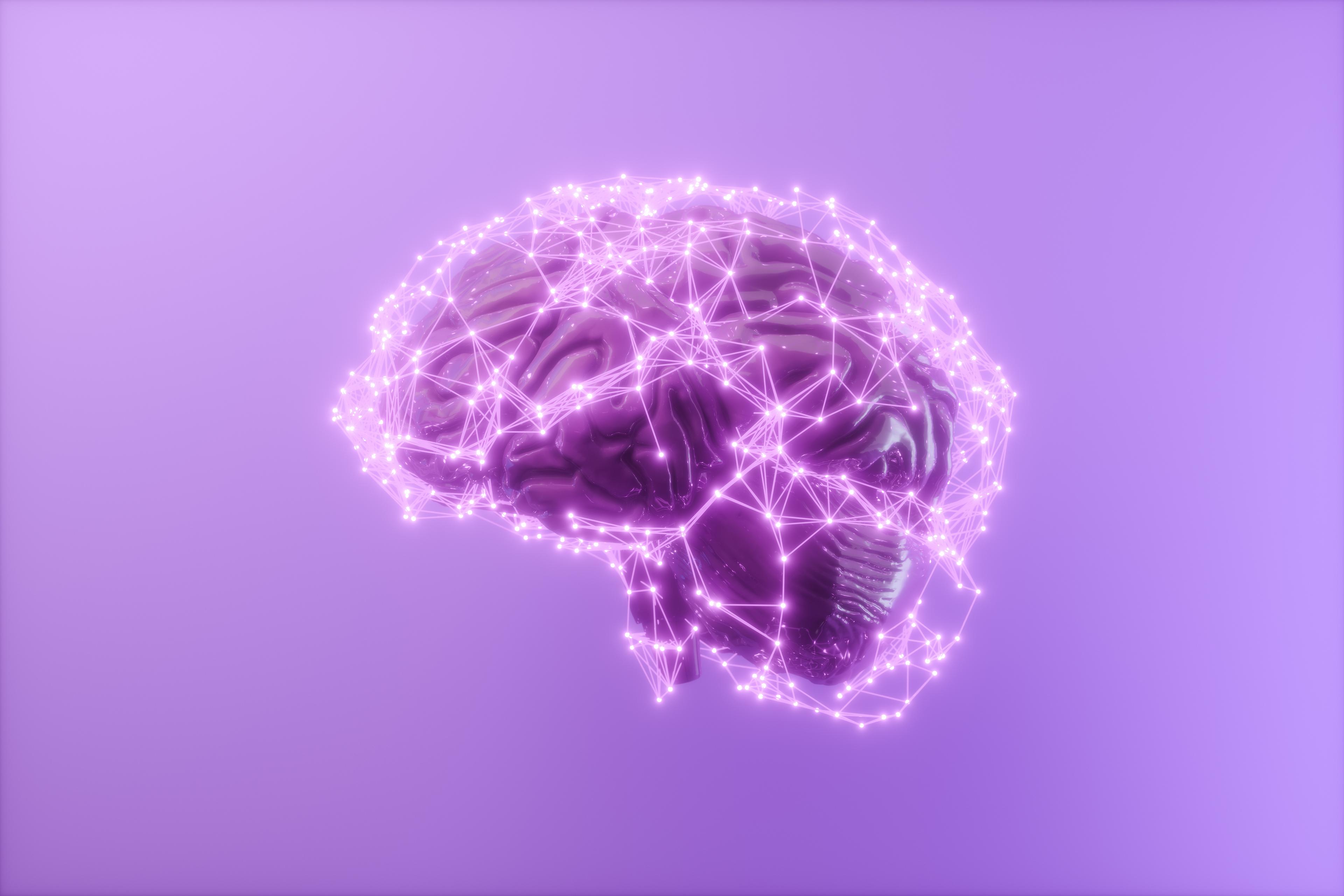
If you’ve spent any time in the world of eating disorders, you’ve definitely come across the term “diet culture” a few times. There’s a reason for that: diet culture is a powerful force that affects all of us, whether we realize it or not, and challenging it is a big part of recovery. But what is diet culture, anyway? Read on to understand what, exactly, we mean when we talk about diet culture and more details about the connection between diet culture and eating disorders.
What Is Diet Culture?
At its highest level, diet culture is a system of social beliefs and expectations that values thinness above all. This system equates having a thin body with being healthy—and, consequently, assumes those in larger bodies are unhealthy—and puts the pursuit of thinness on a moral pedestal. In other words, if you’re not thin or aspiring to be so, diet culture works to make you feel guilty, less worthy, or even oppressed.
Some of the core tenets of diet culture are:
- Conflating thinness with health
- Encouraging external rules about how much or when to eat
- Deeming certain people more or less worthy based on their body size
- Holding up thin privilege, which makes it difficult for people in larger bodies to access jobs, benefits, basic comforts, and more
- Positing movement as compensation for eating or punishment for being fat
- Establishing certain foods and ways of eating as “good” and others as “bad”
- Promoting excessive exercise and judging those who work out less
How can you identify diet culture?
Diet culture is unfortunately ubiquitous in the culture we live in. The more you look for it, the chances are you will see it everywhere. Equip dietitian Emily Tauschek, RDN, CN, describes some of the ways that diet culture exists in everyday life: “Diet culture shows up as telling someone they don’t look fat—which implies that being fat is a bad thing—and normalizing disordered behaviors like having coffee for breakfast or drinking water instead of eating.”
Some more examples of of diet culture in action include:
- Complimenting someone’s weight loss
- Food packaging or descriptions that implies a food’s moral value (“healthy,” “guilt-free,” etc)
- The idea that food is “earned” through exercise or physical activity
- Restrictive diets masquerading as not being diets (Noom, Whole30, etc)
- Photoshopped images on social media
How diet culture relates to “wellness”
Most recently, diet culture has morphed into “wellness,” another system of beliefs that purports to have nothing to do with weight loss but, in fact, continues to value thinness above all. “In recent years, diet culture has been sneakily disguised as a ‘wellness’ or ‘lifestyle’ change,” says Tauschek. “But these ‘new’ diets still promote rigid eating patterns that ignore your internal hunger cues, have long lists of foods to always avoid, and endorse restricted intakes below your baseline energy needs.”

How does diet culture affect us?
Diet culture has a huge impact on not just individuals, but also the economy. An estimated 45 million Americans diet every year, and our country spends upwards of $30 billion on diet and weight loss products annually. This means that the diet industry is massive, and benefits by convincing us that our bodies aren’t okay as they are—that we need to continually consume media and products that will help us become smaller. For the industry to continue being flooded with money, more people need to feel unworthy; and to make people feel unworthy, diet culture needs to spread.
The toxic effects of diet culture
Dieting rarely works—up to 95% of dieters regain the weight within a few years—but it can have serious and long-lasting consequences. For one, repeated cycles of gaining, losing, and regaining weight can increase the risk of heart disease and insulin resistance. Dieting also has negative cognitive effects, resulting in an obsession with food. What’s more, when you’re continually striving for an unachievable state (and being told left and right that you’re a failure for not achieving it), feelings of unworthiness, guilt, and shame aren’t far behind.
Just some of the many harmful effects of diet culture include:
- Encourages negative body image and fatphobia
- Promotes feelings of guilt and shame around food and weight
- Dieting can lead to various health concerns, like nutrient deficiencies
- Can increase risk of eating disorders for those susceptible
Ultimately, the connection to eating disorders is the most dangerous impact of diet culture. Let’s break down the correlation between the down.
Can diet culture lead to eating disorders?
The short answer is, yes. We know that a negative energy balance—expending more calories than you consume—can be a trigger for certain eating disorders, and we believe that all eating disorders are ultimately rooted in restriction, which means that dieting is a major risk factor for those who are otherwise vulnerable.
According to a report by the American Academy of Pediatrics, young people who dieted moderately were five times more likely to develop an eating disorder, and those who followed extreme diets were 18 times more likely. Additionally, diet culture is a big contributor to poor body image, and body dissatisfaction has been linked to the development of an eating disorder.
“While we may never know a singular cause for a person’s eating disorder, we can’t discount the pervasive nature of diet culture,” says Equip therapist Maddie Friedman, LCSW. “Eating disorders are brain disorders, meaning that they don’t take place in a vacuum without genetic influence. So if we imagine that genetics are the match, diet culture is often the spark, or the environmental trigger that sets an eating disorder ablaze.” Here's a guide on how to tell the difference between a diet vs an eating disorder.
What’s Anti-Diet Culture? How to Combat Diet Culture
Diet culture is so strong that it can feel like gravity. But unlike gravity, resisting its pull isn’t futile: while the force of diet culture will likely continue to exist until we, as a society, can dismantle the industries and systems holding it up, for now there are things that we can do to avoid being dragged down by it:
1. Focus inward
Remember that only you are an expert on your body and your unique levels of hunger, fullness, and satisfaction. External diet plans or food rules take the power away from your body’s innate wisdom.
2. Take stock of subconscious beliefs
Examine the ways that weight stigma and diet culture have shaped your view of health, nutrition, and fitness; look closely, because you’ve likely been impacted even if you think you haven’t. By building an awareness of how diet culture appears in your own life, you can label it when it shows up, and this simple act can strip diet culture thoughts of some of their power.
3. Diversify your social media feeds
“There’s so much information on social media about health and weight that’s simply false, and it’s supported by a billion-dollar weight loss industry that depends on diet culture and weight bias,” says Friedman.
As a first step, get rid of “wellness” influencers who post content that makes you feel bad about yourself or guilty; then take some time to follow people of all body sizes and shapes. Seek out opportunities to hear the lived experiences of people harmed by diet culture and anti-fat bias.
Cultivate healthy skepticism. Remember, it doesn’t take any certification or training to post a diet tip on Instagram. Don’t assume the information you read or hear from friends and family is true; and, even if it is, don’t assume it needs to impact your life or your choices.
4. Seek the right support
If you’re looking for more professional support navigating the world of diet culture, there’s a growing number of Health At Every Size experts who can help.
So, what is diet culture? It’s a seemingly inescapable force that strives to make us feel bad about ourselves and our bodies every day. But here’s what diet culture is not: it is not a life sentence; it is not an inevitability; it is not the truth. And as more of us become aware of these essential realities, we can continue to make its force ever weaker.

- Nahin RL, Barnes PM, Stussman BJ. Expenditures on complementary health approaches: United States, 2012. (433KB PDF) National Health Statistics Reports. Hyattsville, MD: National Center for Health Statistics. 2016, https://www.nccih.nih.gov/research/research-results/americans-spend-30-billion-a-year-outofpocket-on-complementary-health-approaches.
- Rena R Wing, Suzanne Phelan, Long-term weight loss maintenance, The American Journal of Clinical Nutrition, Volume 82, Issue 1, July 2005, Pages 222S–225S, 10.1093/ajcn/82.1.222S.
- Welti LM, Beavers DP, Caan BJ, Sangi-Haghpeykar H, Vitolins MZ, Beavers KM. Weight Fluctuation and Cancer Risk in Postmenopausal Women: The Women's Health Initiative. Cancer Epidemiol Biomarkers Prev. 2017 May;26(5):779-786, 10.1158/1055-9965.EPI-16-0611.
- Hart, K.E. and Chiovari, P. (1998), Inhibition of eating behavior: Negative cognitive effects of dieting. J. Clin. Psychol., 54: 427-430, https://doi.org/10.1002/(SICI)1097-4679(199806)54:4<427::AID-JCLP4>3.0.CO;2-K.
- Neville H. Golden, Marcie Schneider, Christine Wood, et al. COMMITTEE ON NUTRITION, COMMITTEE ON ADOLESCENCE, SECTION ON OBESITY; Preventing Obesity and Eating Disorders in Adolescents. Pediatrics September 2016; 138 (3), https://doi.org/10.1542/peds.2016-1649.








